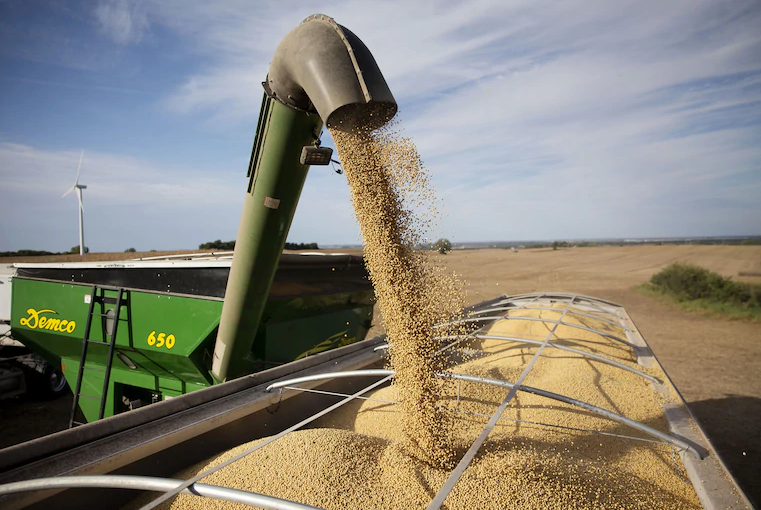US shows China patience on purchases if trade gap doesn’t grow

Bloomberg | 9 March 2020
US shows China patience on purchases if trade gap doesn’t grow
The U.S. is willing to show China some flexibility on its pledges to boost American imports as long as Beijing ensures exports don’t surge when production returns to full strength and widen the trade imbalance between the world’s two largest economies, people familiar with the discussions said.
Given Beijing’s focus on containing the coronavirus outbreak and the country’s lagging demand for American imports, U.S. officials have told their Chinese counterparts that the purchasing boost, signed in January with specific target dates and commodities, could start off slowly, according to people in Washington and Beijing with knowledge of the discussions.
But that understanding comes with some conditions, according to these people. The Trump administration has made clear that this is only an option as long as there isn’t a jump in Chinese exports when virus-related industrial shutdowns end.
A sharp rebound in shipments of Chinese products without a corresponding upswing in imports would swell the already gaping U.S. trade deficit with China — the metric President Donald Trump has frequently based his success on. One of the people said another condition is that the total of the purchase targets can’t change and that China will fulfill the commitments eventually.
The White House declined to comment and directed questions to the U.S. Trade Representative. A spokesman for the USTR said the agency hadn’t had such a conversation with its Chinese counterparts, adding that the U.S. expects China to meet its commitments under the agreement.
China’s Ministry of Commerce, which takes the lead on trade talks, didn’t respond to a request for comment.
The U.S-China trade balance is Trump’s go-to gauge to see who’s winning the global battle for economic supremacy. So there would likely be little patience in the U.S. administration — particularly leading up to Trump’s re-election bid in November — to let China delay purchases while exports accelerate.
The people with knowledge of the matter didn’t say how China would ensure that there is no surge in exports. For the first two months of this year, China had a trade surplus of $25.4 billion with the U.S. The U.S. trade deficit with China narrowed in January to $23.7 billion, the smallest since 2011, according to U.S. data released last week.
China’s Progress
The phase-one trade deal that led to a tariff cease fire took effect in mid-February. Since then, China has been making progress in fulfilling some of the requirements, lowering tariffs, reducing restrictions on U.S. agricultural products and approving Mastercard Inc. to set up a bank card clearing business.
However, with the economy shut for much of January and February due to Lunar New Year holiday and then the virus outbreak, there’s been little sign of China fulfilling the promise in the deal that’s most important to Trump — a massive increase in its purchases from the U.S.
China agreed to increase its imports of U.S. goods and services by $76.7 billion over the level in 2017 in the first year of the deal, and then by $123.3 billion in the second year, increasing imports by a total $200 billion over two years. A more detailed annex of the agreement that lays out specific commodities and their target numbers was classified.
The document also set up regular meetings to discuss the progress and implementation of the agreement. The two sides are currently preparing for talks, according to one of the people familiar with their preparations.
Trump acknowledged last week that the buying spree might not fully be in effect before November.
“They’re going to start kicking in fairly soon. Unfortunately, by the time we get to the election they’ll just be partially kicked in,” the president said about his China deal and other trade agreements in an interview with Fox News host Sean Hannity last Wednesday.





